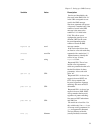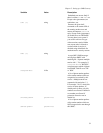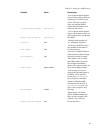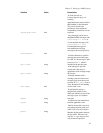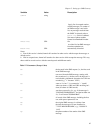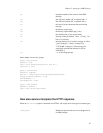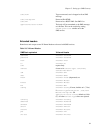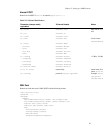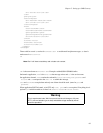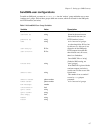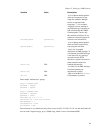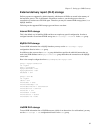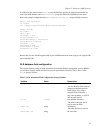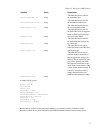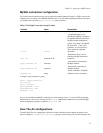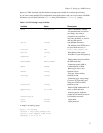
Chapter 5. Setting up a SMS Gateway
<alt-dcs>alt-dcs</alt-dcs>
</dcs>
<pid>pid</pid>
<statusrequest>
<dlr-mask>dlr-mask</dlr-mask>
<dlr-url>dlr-url</dlr-url>
</statusrequest>
<from>
<user>username</user>
<username>username</username>
<pass>password</pass>
<password>password</password>
<account>account</account>
</from>
<to>smsc-id</to>
<from>smsc-id</from>
<to>service-name</to>
</submit>
</message>
There could be several da entries for sendsms-user to enable multi-recipient messages. da doesn’t
make sence in sms-service.
ud
Note: Davi: I still have to test binary and unicode <ud> content
udh is the same format as X-Kannel-UDH. Example: <udh>06050415820000</udh>.
On kannel->application, from is the smsc-id that message arrives and to is the service name.
On application->kannel, from contains the credentials ( user/username, pass/password and
account and to corresponds to the smsc-id to submit the message.
user and username are equivalent and only one of them should be used. (same for pass and
password.
When application POST in kannel, as in GET, only user, pass and da are required. Everything else is
optional. (oa could be needed too is there’s no default-sender or forced-sender.
Warning
This is experimental code. XML format could and should change to fully met
IETF’s sms-xml standard (yet in draft) and additional tags needed by kannel
should be pondered.
66



